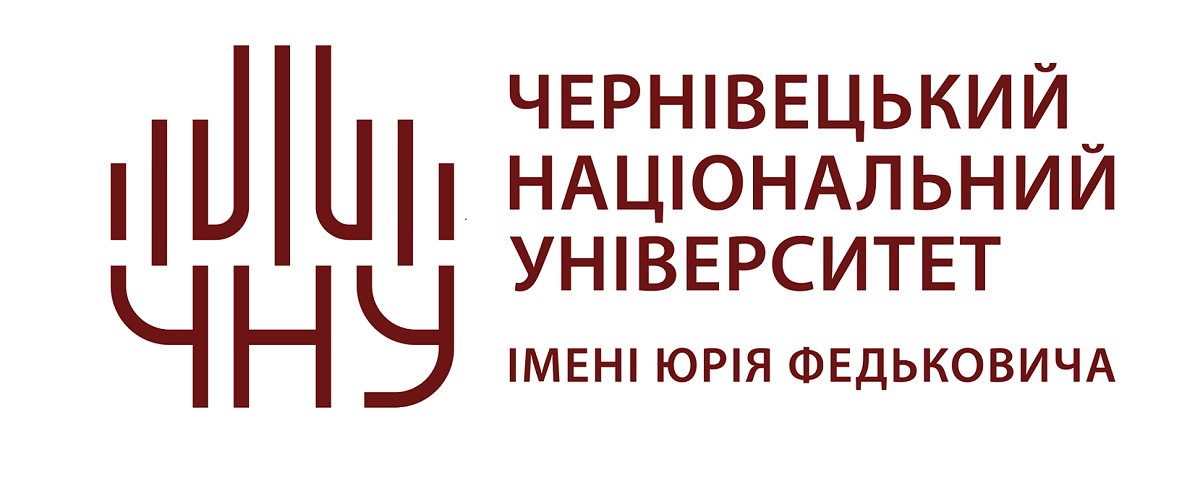ЛЕКСИКО-ГРАМАТИЧНІ КЛАСИ СЛІВ У СЛОВНИКУ МОВИ ЛОНГА
Переглянути
Дата
2015Автор
Chakal (Makar), Inesa
Оліщук, Роксоляна Леонідівна
Metadata
Показати повний опис матеріалуКороткий опис(реферат)
У статті проаналізовано лексичну ідіосистему словника давньогрецького письменника кінця ІІ ст. н.е. Лонга та здійснено статистичний аналіз усіх частин мови у тексті роману „Дафніс і Хлоя”. У межах кожного лексико-граматичного класу визначено домінанти і окреслено їх значення у мовній картині світу письменника.
In the article lexical idiosystem of Longus’ dictionary, ancient greek writer of end of the 2nd century A.D., is analysed. Statistical analysis of all parts of speech is done based on the text of the novel „Daphnis and Chloe”. Central lexical-grammatic classes in the Longus’ novel and the most numerous are verbs (967 words), which are 39% from the general amount of lexical units, and nouns (912 lexemes), that is 36,5% from the general amount of words in the author’s dictionary. Thus, it is possible to assume that both verbal and nominal (substantival) types of narration are equally typical for Longus. Adjectives occupy the third place (332 lexemes) in idiosystem of the novel. On the basis of verbal, substantival and adjective semantics analysis of the vocabulary of the novel „Daphnis and Chloe” 18, 14 and 18 lexical-semantic groups were selected accordingly. The most quantative verbal lexemes form lexical-semantic groups denotating motion and physical action (accordingly 172 and 162 verbs), which also have the biggest frequency index of lexemes’ functioning in a text. The most frequent among nouns in a novel are lexical-semantic groups „Name of people and mythological creatures” (129 lexemes), which contains proper and general names, and „Things for everyday life”, that is related to reflection of shepherds’ living conditions in the pastoral novel of Longus. Predominating in the text of the novel became lexical-semantic group of adjectives denotating size, form, magnitude (44 lexemes) and lexical-semantic group of adjectives which marks character strains and emotional state of a man (41 lexeme). Other parts of speech have the various system-conditioned connections with above-mentioned once. Their amount considerably smaller in the dictionary of writer’s language (adverbs– 156, pronouns – 38, conjunctions – 36, prepositions – 24, numerals – 19, particles – 9, interjections – 3). Within every lexical-grammatic class dominants were determined and their values were defined in the writer’s linguistic picture of the world.
